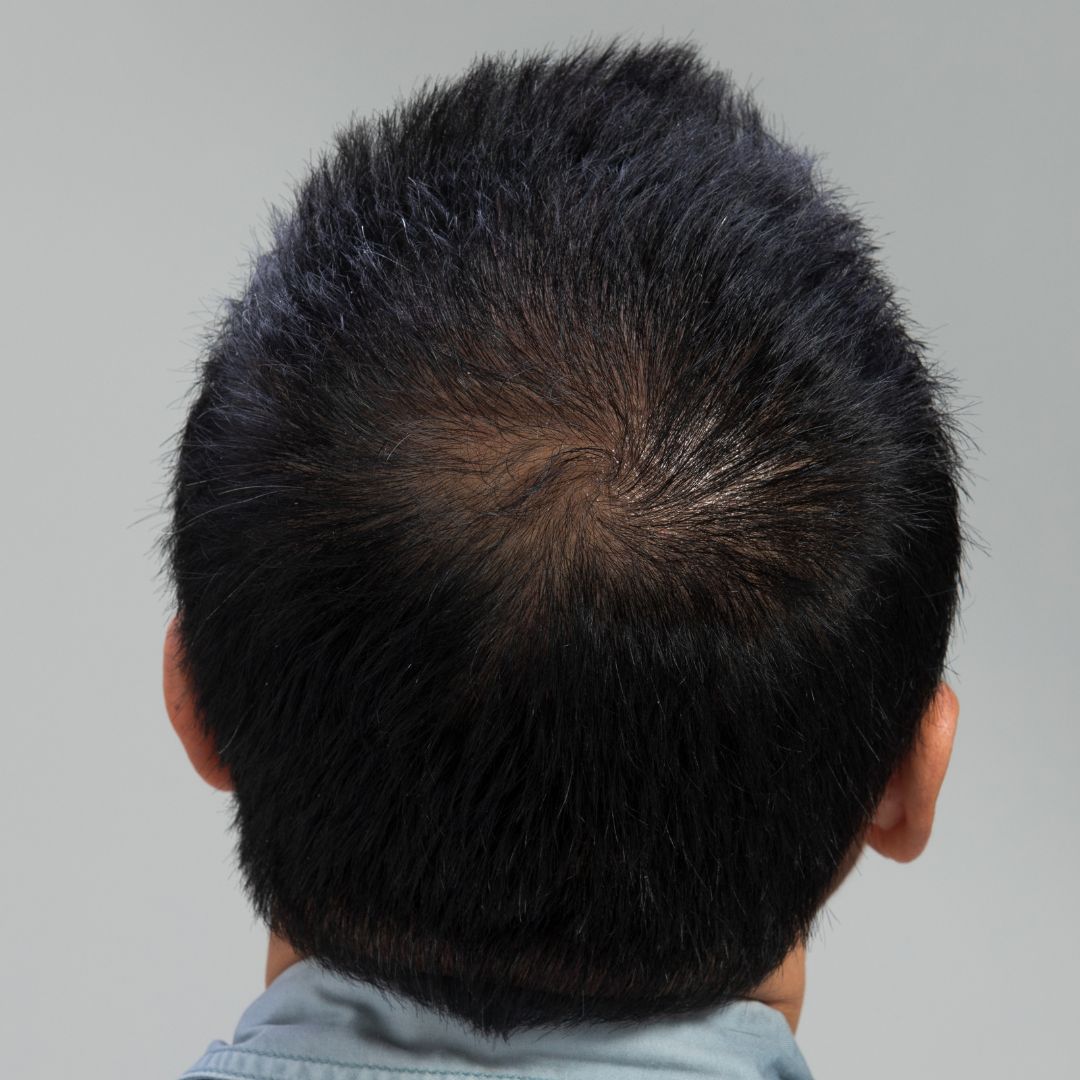— C.S. / New York
Synergizing Treatments:
Finasteride plays an essential role in enhancing and complementing the effects of hair transplant surgeries. We believe that combining medical treatments alongside your surgery will result in the best quality results.


Finasteride stands as a cornerstone in the treatment of hair loss, frequently prescribed due to its efficacy and the substantial evidence supporting its use. Recognizing that hair loss can be multifactorial, we often recommend finasteride in combination with other medications and non-invasive treatments to address the complex nature of this condition. This holistic approach allows us to tailor treatment plans to the individual needs of our patients, enhancing outcomes and optimizing hair regrowth. Through such comprehensive strategies, we aim to not only combat hair loss but also restore the confidence and well-being of those we serve.
At Kopelman Hair Restoration, we recognize how vital it is to feel confident in your appearance. We are dedicated to helping you restore your hair loss. For an appointment, contact our office to schedule your consultation.